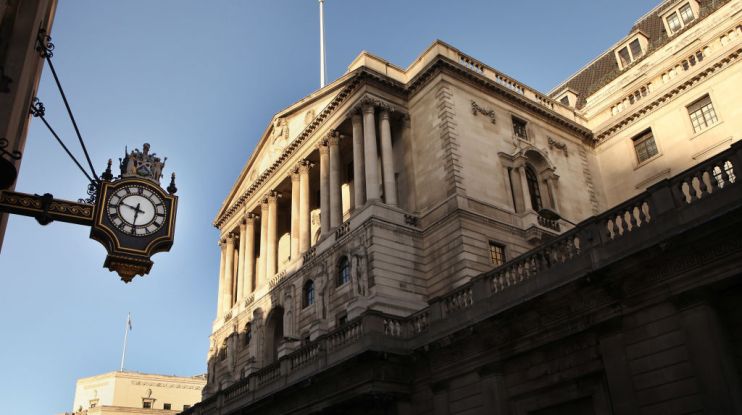London will find ways to adapt and thrive — as it always has

Now that London has moved into even tighter local lockdown restrictions, it would be easy to be pessimistic about the future.
Some have argued recently that the capital’s days as a world leading business centre are numbered due to the pandemic, our exit from the European Union, and a rising tide of protectionism across the world.
There is no denying that London is today facing huge challenges. But its success throughout history has always been founded on adapting to challenges and seizing new opportunities. This is one of those moments that Londoners must seize.
A new report published by the City of London Corporation, in partnership with Oliver Wyman and Arup, shines a light on how we can do just that and build back better.
The report finds that businesses remain committed to central London and recognise the value of working alongside customers, clients and competitors in person rather than just remotely. Nonetheless, investment in skills, digital infrastructure and built environment will be crucial to ensure London remains the global centre of choice.
The foundations of London’s future success must be built on the four pillars of innovation, sustainability, inclusivity, and collaboration.
First, we must reimagine how we use our physical infrastructure and embrace innovative logistical solutions.
There is no denying that commuter and consumer behaviours have radically changed over the past six months. Many people will want to return to their workplace as soon as possible, while others have embraced working from home. This means that some employers — while still recognising the value of bringing people together to innovate and collaborate — are likely to adopt a more flexible approach in the future than was the case pre-pandemic.
This has major implications for London’s transport network and offices. In response, officials should consider introducing flexible working season tickets that reduce the cost of travel for workers who commute less frequently into the capital.
Transformation of London’s office stock to support new uses is also vital. One step that could help to achieve this is creating more dedicated hubs like the successful Level 39 in Canary Wharf, which brings together the tech community to scale up and share ideas. Encouraging SMEs and artists to return to central London by providing “hives” of affordable work space and access to basic and digital infrastructure will also underpin the creativity that is a fundamental strength of London.
Second, the capital must be at the forefront of the green revolution.
As well as prioritising clean forms of travel such as walking and cycling, policymakers need to incentivise businesses, especially SMEs, to improve their sustainability by educating them on the potential cost savings. Targets should also be set for both businesses and developers.
Third, ensuring that we remain an inclusive and open city is essential to our future success. London’s schoolchildren speak 300 languages. This diversity is among the capital’s biggest assets so businesses need to ensure that their workforce reflects the city they operate in by endorsing stretching targets. In parallel, the government’s new immigration system should make the process simpler for skilled workers to come to this country.
Finally, remember that London cannot succeed in isolation. We need to work more closely with leaders of other UK cities to support the government’s levelling up agenda and showcase why the capital should be seen as a partner rather than a rival.
Together we can ensure that reports of the death of London prove to be greatly exaggerated.
Main image credit: Getty
